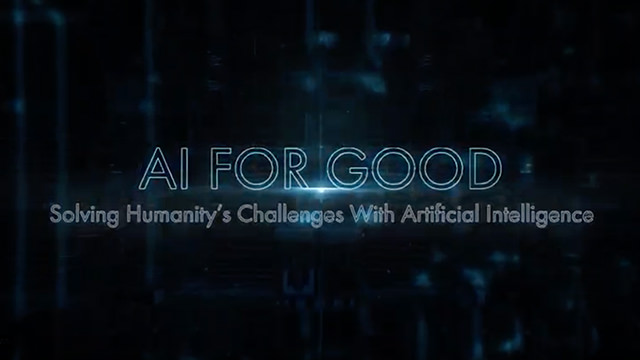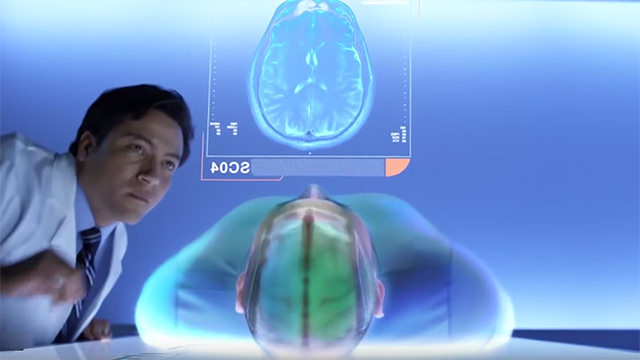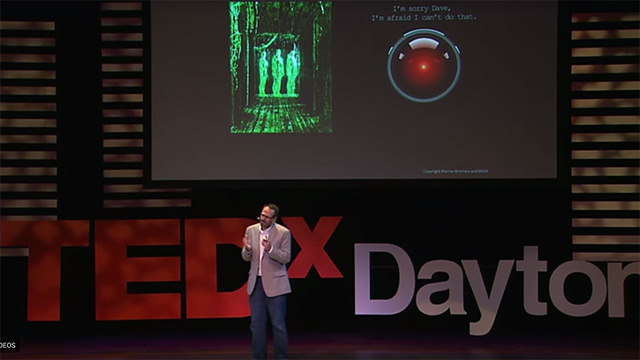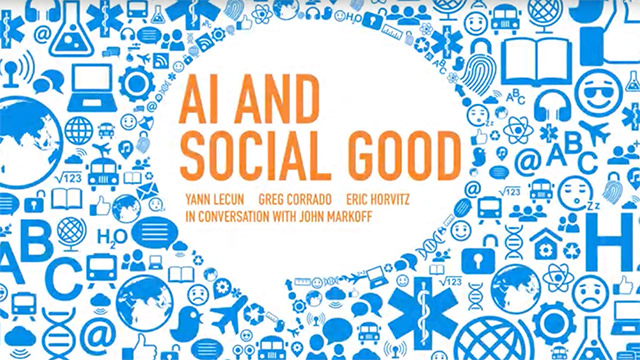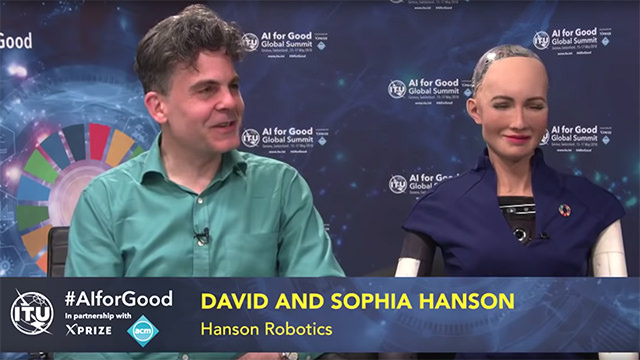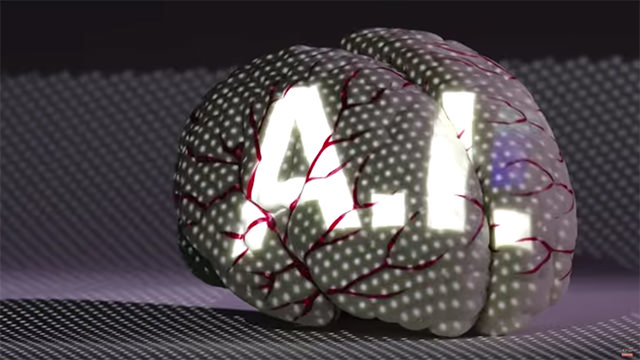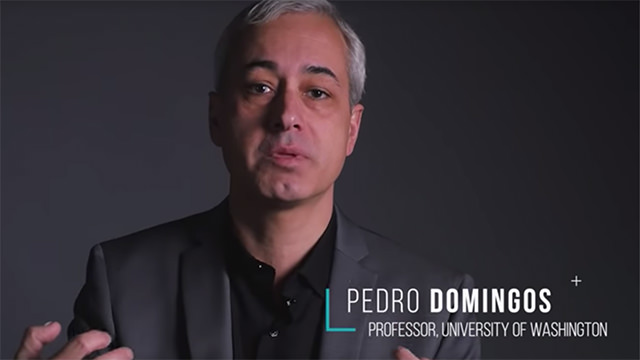Search Good Practices and Resources

From Medium: How to recognize fake AI-generated images
Here are some things you can look for when trying to recognize an image produced by a machine generated fake image.

From The Washington Post: How to spot manipulated videos
The Internet is filled with false or misleading videos and this authoritative guide will help you spot the manipulation.

From NOVA PBS: Deepfake Videos Are Getting Terrifying Real!
A behind the scenes explanation of face swap videos also known as deepfakes, and their impact. Over 2,300,000 views.

From Beebom: 15 Examples of Artificial Intelligence You’re Using in Daily Life.
Most adults and young people are shocked to learn how much AI impacts everyone’s everyday lives

From the Royal Society: What is AI?
A succinct explanation of AI which includes a discussion of social and ethical issues. Over 50,000 views.
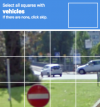
From Harvard: Can you tell which comments were written by a human vs by a bot?
A Harvard developed test that determines if you can tell the difference between human and AI created content.

From the University of Helsinki and Reaktor: “Elements of AI” (a free online training program)
A free six-lesson curriculum that begins with an exploration of what AI is, then discusses AI problem solving and concludes with the implications of AI.

From MIT Media Labs: An Ethics of Artificial Intelligence Curriculum for Middle School Students
Includes activities, teacher guides, assessments, materials and more to assist educators teaching ethical AI.

From FOSI: Don’t Let Deepfakes Fake You Out (and how to recognize fake AI -generated images)
A deepfake article that discusses how to spot fake videos, the tension between free speech and decency and what to do if you are the victim of a deepfake.

From FOSI: When Is Seeing No Longer Believing
Deepfakes are a recent phenomenon but fake pictures and videos are not. Discusses the history and how to tell the differences.
